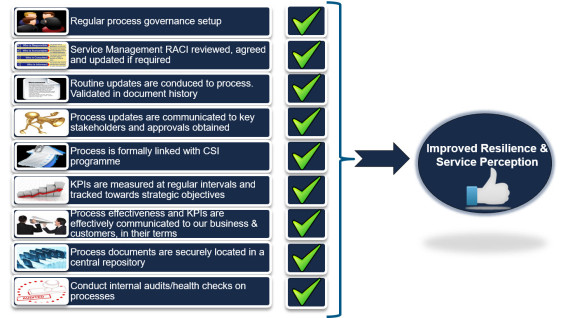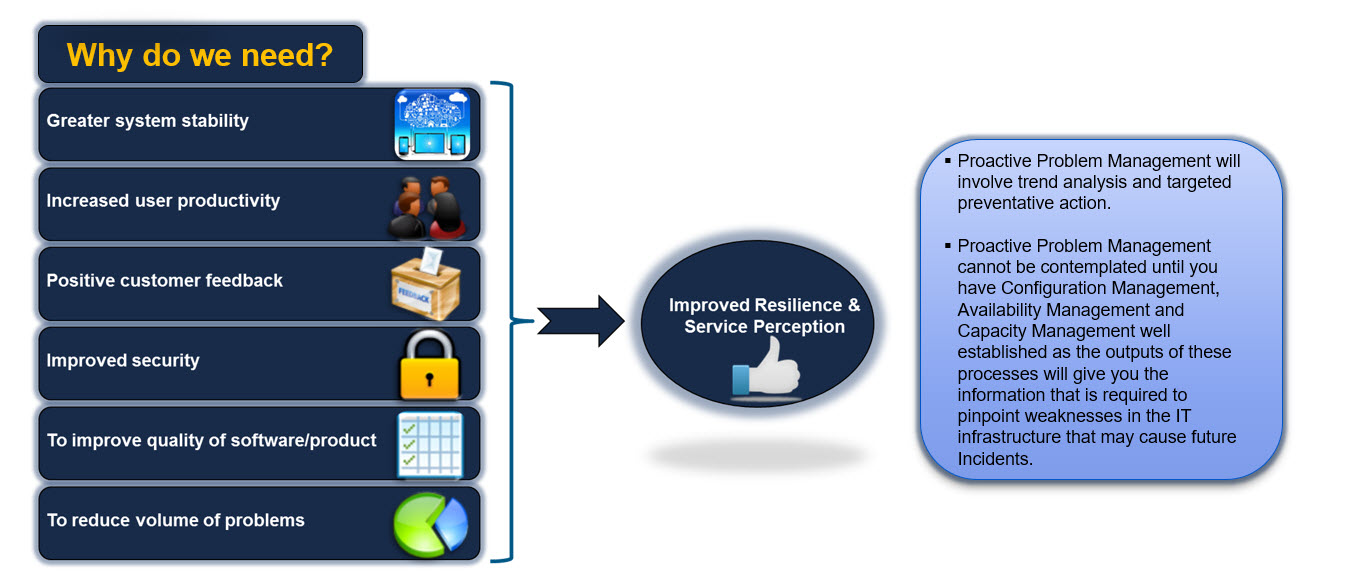Cloud Operations – Key Service Operation Principles – Consideration
Below are some good IT Service Management Operational Principles to consider when migrating applications into Cloud. These will help to align your operational goals and organisation’s strategic initiatives.
Principle #1
Organisation’s IT Service Management will govern and lead all IT services utilising strategic processes and technology enablers based on industry best practices.
Implications / Outcomes
- The selected process and technology will be fit for purpose
- Suppliers and Service Partners will be required to integrate with strategic processes and technologies
- Process re-engineering including training will be required
- Everyone uses or integrates with a central platform
- Process efficiency through effective process integration
- Reduced operating cost
- Ensures contestability of services for Organisation
Principle #2
Contestability between IT Service providers is a key outcome for service management across IT@Organisation, where it does not have a negative impact on the customer experience.… [Keep reading] “Cloud Operations – Key Service Operation Principles – Consideration”



